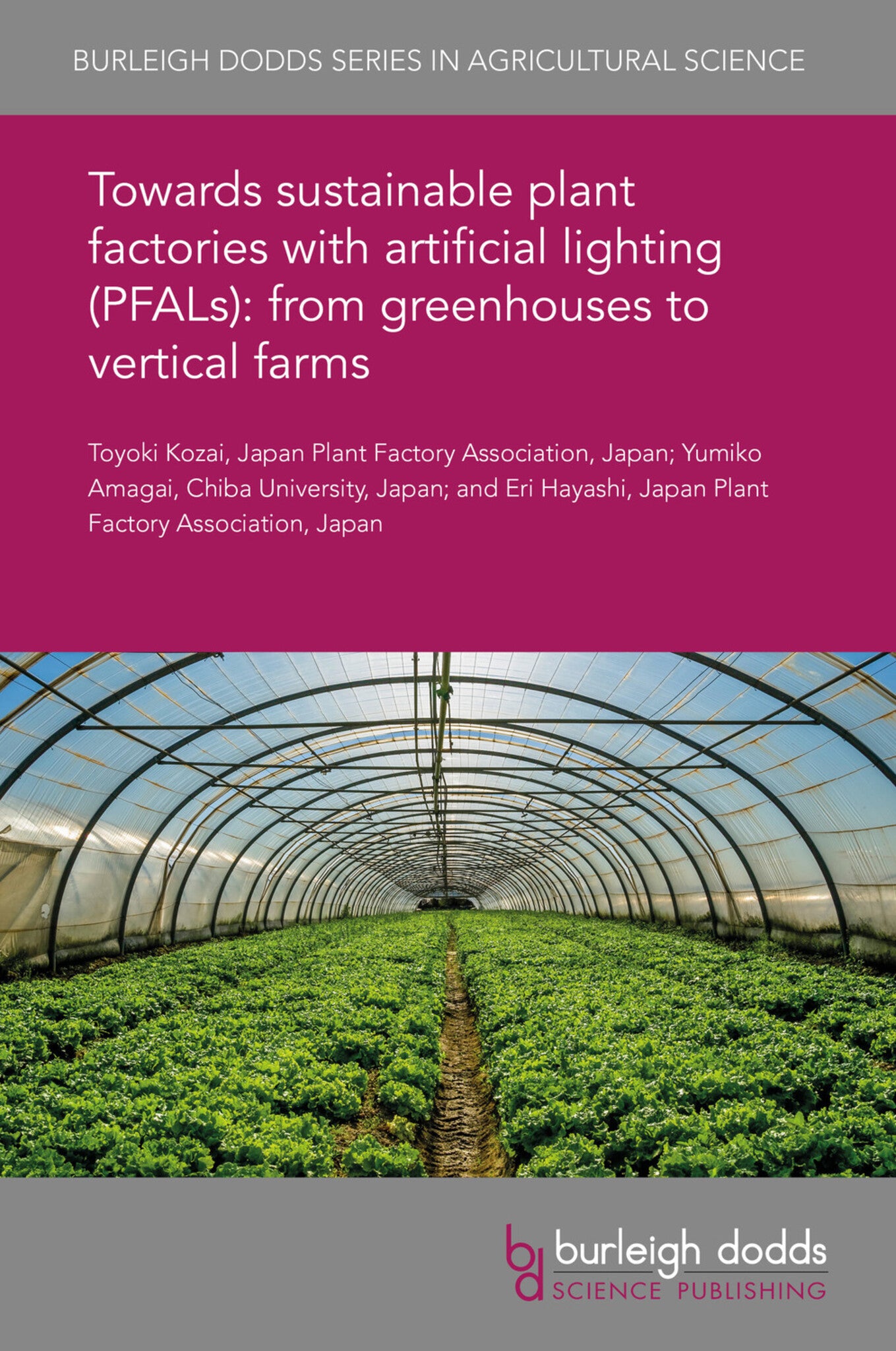We're sorry. An error has occurred
Please cancel or retry.
Towards sustainable plant factories with artificial lighting (PFALs): from greenhouses to vertical farms
Regular price
£25.00
Sale price
£25.00
Regular price
£0.00
Unit price
/
per
Sale
Sold out
Re-stocking soon
Plant factories with artificial lighting (PFALs) have hitherto proved too costly
to be economically viable, consuming too much electricity to be considered truly sustainable. However, recent advan...
Read More

Some error occured while loading the Quick View. Please close the Quick View and try reloading the page.
Couldn't load pickup availability
- Format:
-
09 September 2019

Plant factories with artificial lighting (PFALs) have hitherto proved too costly
to be economically viable, consuming too much electricity to be considered truly sustainable. However, recent advances are changing this, and the potential advantages of PFALs are making them an attractive option. This chapter discusses the requirements of sustainable plant production systems, exploring the potential and actual benefits of PFALs. The chapter considers the resource consumption, production cost and cost performance associated with current PFALs, as well as methods for reducing resource consumption and production costs. Finally, the chapter examines future challenges of environmentally and economically sustainable plant production for smart PFALs.

Price: £25.00
Publisher: Burleigh Dodds Science Publishing
Imprint: Burleigh Dodds Science Publishing
Series: Burleigh Dodds Series in Agricultural Science
Publication Date:
09 September 2019
ISBN: 9781838799236
Format: eBook
BISACs:
TECHNOLOGY & ENGINEERING / Agriculture / Sustainable Agriculture, Agronomy and crop production, TECHNOLOGY & ENGINEERING / Agriculture / Agronomy / Crop Science, Sustainable agriculture

1 Introduction 2 Characteristics of PFALs 3 Resource consumption by resource elements: simulation studies 4 Production cost and its components 5 Reducing electricity consumption and improving cost performance 6 Challenges for the next-generation smart PFALs 7 Future trends and conclusion 8 Acknowledgements 9 References



